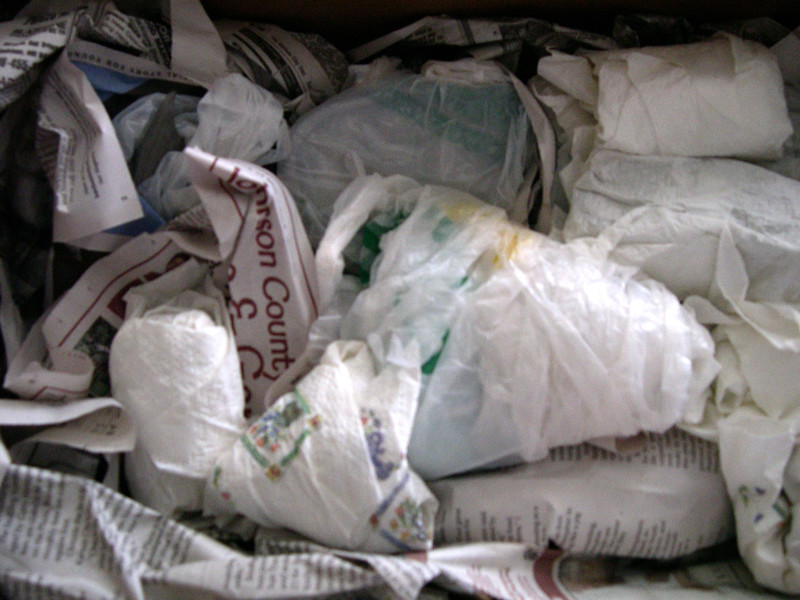According to the American Chemistry Council, about 1,800 US businesses
handle or reclaim post-consumer plastics.
Plastics from MSW are usually collected from curbside recycling bins or drop-off sites. Then, they go to a material recovery facility, where the materials are sorted into broad categories (plastics, paper, glass, etc.). The resulting mixed plastics are sorted by plastic type, baled, and sent to a reclaiming facility. At the facility, any trash or dirt is sorted out, then the plastic is washed and ground into small flakes. A flotation tank then further separates contaminants, based on their different densities. Flakes are then dried, melted, filtered, and formed into pellets. The pellets are shipped to product manufacturing plants, where they are made into new plastic products.
FACTS:
- 30 million tons of plastic waste were generated in 2009, representing 12.3 percent of total MSW.
- In 2009, the United States generated 13 million tons of plastics as containers and packaging, almost 11 million tons as durable goods, such as appliances, and almost 7 million tons as non durable goods, for example plates and cups.
- Only 7 percent of the total plastic waste generated in 2009 was recovered for recycling.
- In 2009, the category of plastics which includes bags, sacks, and wraps was recycled at 9 percent.
- Plastics also are found in automobiles, but recycling of these materials is counted separately from the MSW recycling rate.
Plastic information was found on on the EPA website.
Recycle
